The Ultimate Guide to Creating a Thriving Home Aquarium with Proven Water Quality Techniques
Creating a thriving home aquarium is not just about aesthetics; it requires a keen understanding of water quality dynamics to ensure the health and longevity of aquatic life. According to the 2021 National Pet Owners Survey by the American Pet Products Association, around 12% of U.S. households own fish, highlighting the growing popularity of home aquariums. Yet, research from the Aquarium and Zoo Association indicates that poor water quality is a significant factor contributing to fish mortality, accounting for an alarming 50% of aquatic life losses. To sustain a vibrant ecosystem and prevent common pitfalls, aquarium enthusiasts must implement proven techniques for monitoring and maintaining optimal water parameters. This ultimate guide is designed to provide practical, actionable insights for creating a flourishing home aquarium, ensuring both beginner and seasoned aquarists can enhance their underwater paradise while prioritizing fish well-being.
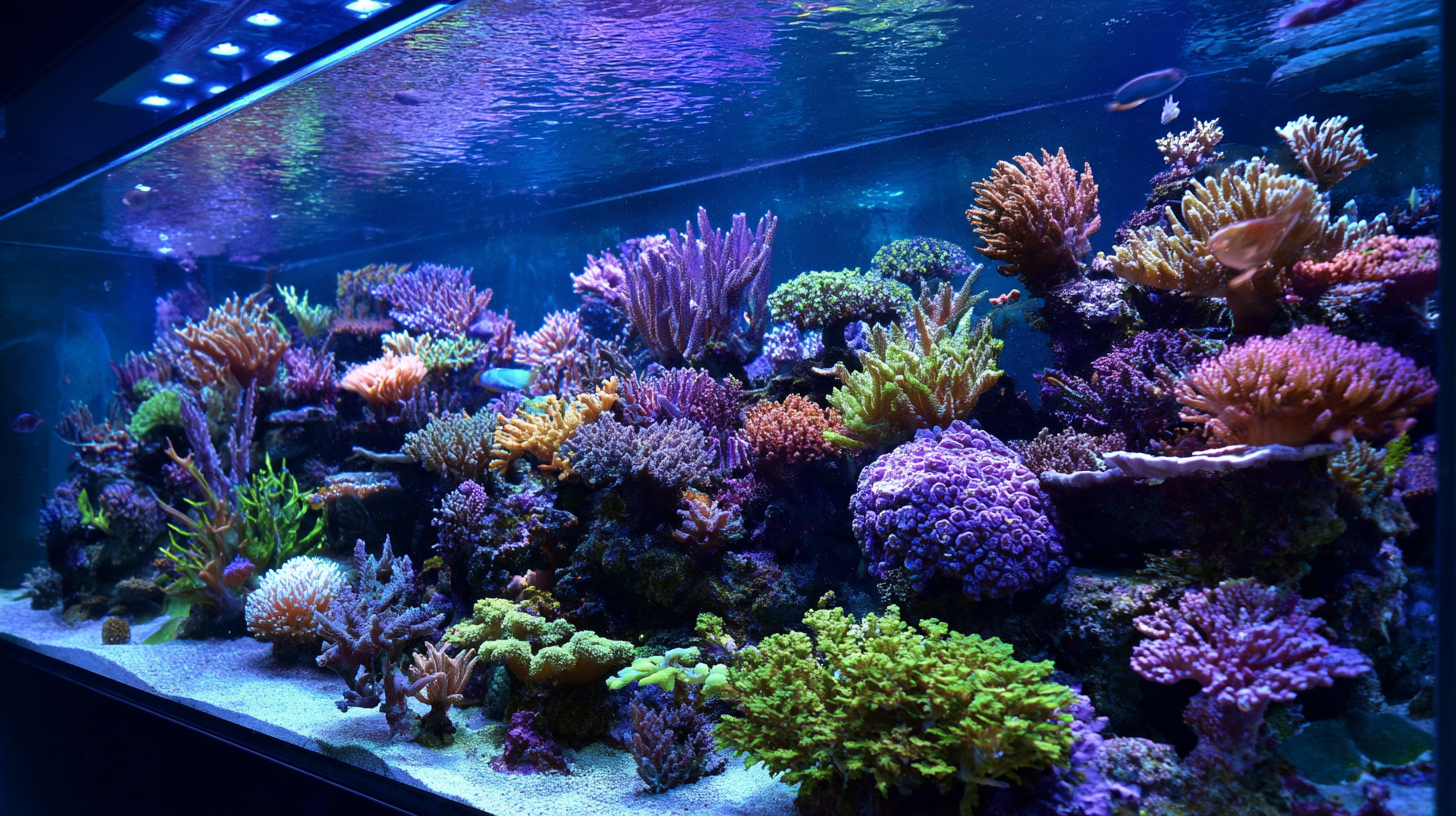
Understanding the Basics of Home Aquariums: Setting the Foundation for Success
Setting up a thriving home aquarium begins with a solid understanding of the foundational principles that govern aquatic ecosystems. A well-balanced environment is crucial, and as per the “Aquarium Industry Association” report, maintaining optimal water quality accounts for over 75% of a successful aquarium setup. Key parameters such as pH, ammonia, nitrites, and nitrates must be constantly monitored to ensure a healthy habitat for your fish.
Tips: Invest in a reliable water testing kit to regularly check these parameters. This proactive approach will help you catch potential issues before they become detrimental to your aquarium's inhabitants.
Additionally, the importance of proper filtration cannot be overstated. An efficient filtration system plays a crucial role in maintaining water clarity and quality. According to “Fishkeeping Quarterly,” a good filtration system can reduce harmful waste products by up to 90%. Choosing the right filter type and size based on your aquarium’s volume and fish species will greatly enhance the longevity and health of your aquatic community.
Tips: Consider a combination of mechanical, chemical, and biological filtration to achieve the best results. Regularly cleaning and replacing filter media also contributes to a pristine living environment for your fish.
The Ultimate Guide to Creating a Thriving Home Aquarium
| Parameter | Ideal Range | Test Frequency | Notes |
|---|---|---|---|
| pH Level | 6.5 - 7.5 | Weekly | Affects fish health and behavior |
| Ammonia | 0 ppm | 2-3 times a week | Toxic to fish at any level |
| Nitrite | 0 ppm | Weekly | Also toxic to fish; should be monitored closely |
| Nitrate | 0 - 40 ppm | Weekly | Can be less toxic but still harmful in high concentrations |
| Temperature | 75 - 80°F (24 - 27°C) | Daily | Critical for fish metabolism and health |
| Hardness | 4 - 8 dGH | Monthly | Affects fish's ability to regulate osmosis |
Essential Water Quality Parameters and How to Monitor Them Effectively
Maintaining optimal water quality is crucial for the success of a home aquarium. Key water quality parameters such as pH, ammonia, nitrite, nitrate, hardness, and temperature need to be monitored regularly to ensure a healthy environment for aquatic life. Utilizing reliable testing kits can help hobbyists keep track of these parameters effectively. For instance, regular pH testing can prevent harmful fluctuations that might stress fish and plants, while monitoring ammonia and nitrite levels can avert toxic conditions that could lead to fish fatalities.
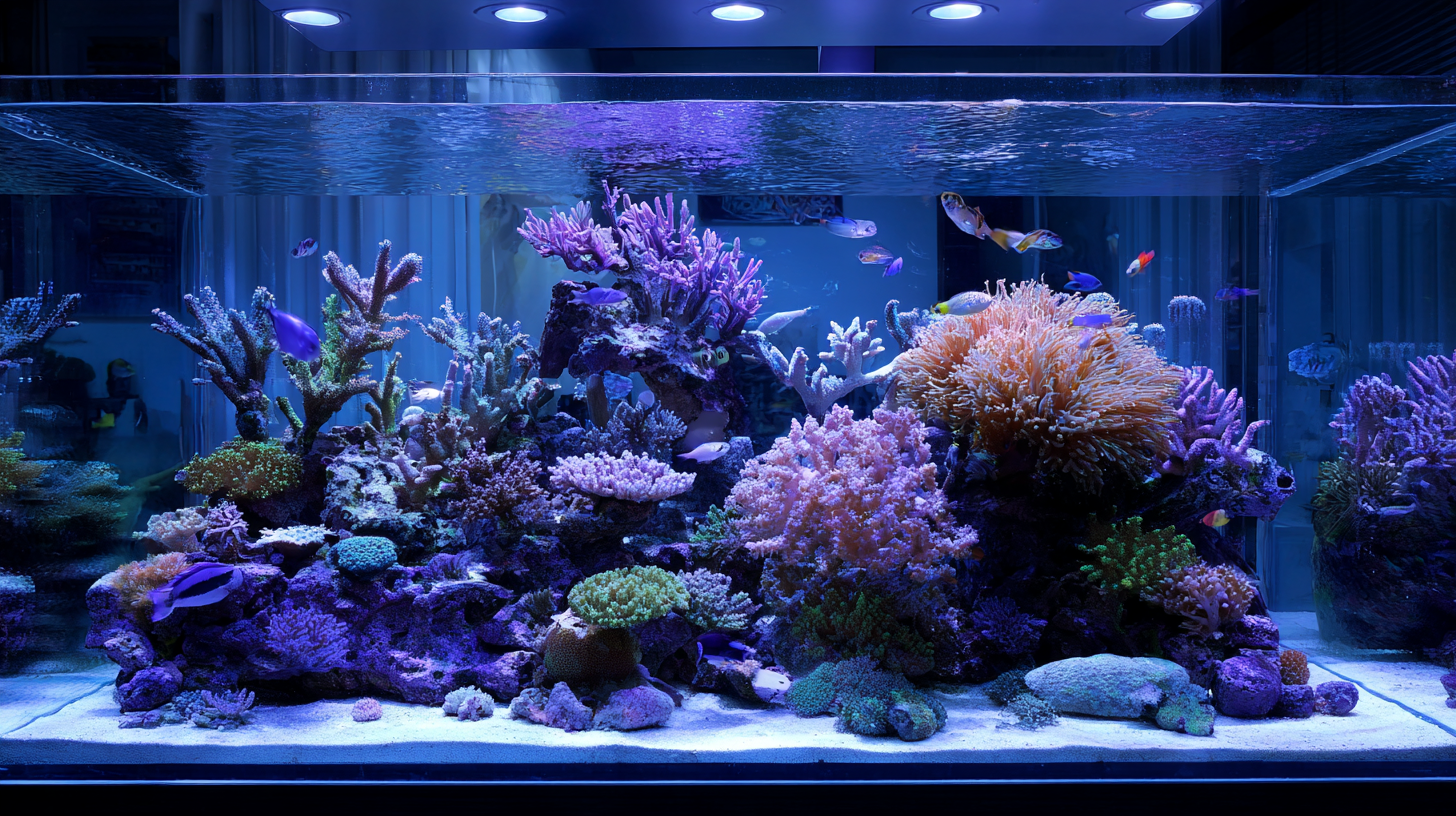 In recent years, technology has advanced the way we monitor water quality. Portable water quality meters are becoming increasingly popular among aquarium enthusiasts. These devices offer quick and accurate readings, making it easier to manage water conditions. The global market for portable water quality measurement tools is expected to grow steadily, driven by their accessibility and ease of use. By embracing these advancements, aquarium owners can ensure that their underwater ecosystems thrive, creating a vibrant and sustainable habitat for their aquatic inhabitants.
In recent years, technology has advanced the way we monitor water quality. Portable water quality meters are becoming increasingly popular among aquarium enthusiasts. These devices offer quick and accurate readings, making it easier to manage water conditions. The global market for portable water quality measurement tools is expected to grow steadily, driven by their accessibility and ease of use. By embracing these advancements, aquarium owners can ensure that their underwater ecosystems thrive, creating a vibrant and sustainable habitat for their aquatic inhabitants.
Proven Filtration Techniques for Optimal Water Clarity and Quality
Creating a thriving home aquarium requires not only aesthetic consideration but also a firm grasp of water quality management. One vital aspect of maintaining water clarity and quality is implementing proven filtration techniques. Advanced filtration systems, such as customized solutions that emphasize sustainability and efficiency, ensure that aquarists can effectively manage their aquarium environments while being eco-conscious.
Tips: Always choose a filtration system suited to your aquarium's size and the specific needs of its inhabitants. Regular maintenance, including cleaning or replacing filter media, is crucial to prevent waste accumulation that can compromise water quality. Consider integrating multiple filtration methods, such as mechanical, biological, and chemical filtration, to achieve optimal results.
With innovations in filtration technology emerging to address various water quality challenges, it's essential to stay informed about the latest developments. Emphasizing reliable filtration can not only enhance the health of your aquatic life but also contribute significantly to the overall aesthetic and enjoyment of your aquarium. By investing in high-quality filtration systems and regular monitoring, you can create a vibrant and balanced underwater ecosystem.
The Importance of Regular Maintenance Routines for a Healthy Aquarium
Regular maintenance routines are essential for maintaining a healthy aquarium environment. To ensure that fish thrive in their new home, a variety of tasks need to be performed consistently. This includes monitoring water quality through regular testing for ammonia, pH, nitrites, and nitrates, which are crucial indicators of the aquarium's health. Keeping a close eye on these parameters helps in quickly identifying any issues that may arise, allowing for timely interventions to safeguard the well-being of your aquatic pets.
In addition to water testing, routine cleaning is imperative. This involves removing excess waste and uneaten food from the substrate, cleaning algae from the tank walls, and changing a portion of the water regularly. While it might seem like a chore at times, establishing a predictable maintenance schedule can significantly reduce stress for both the fish and the aquarist. Over time, these practices not only contribute to a thriving aquarium ecosystem but also enhance the enjoyment of keeping and watching your fish flourish.
Water Quality Parameters in a Home Aquarium
This chart displays the average levels of essential water quality parameters needed for a healthy aquarium. Regular monitoring and maintenance of these levels are crucial for the overall health of the aquatic life.
Common Water Quality Issues and How to Troubleshoot Them Efficiently
Maintaining optimal water quality is crucial for the health of your aquarium. Common issues such as ammonia buildup, nitrate spikes, and low pH levels can compromise the well-being of your aquatic life. According to a 2020 report by the American Aquarium Society, over 50% of aquarium hobbyists encounter significant water quality issues within the first six months of setup. This statistic highlights the importance of regular testing and proactive monitoring to prevent problems before they escalate.
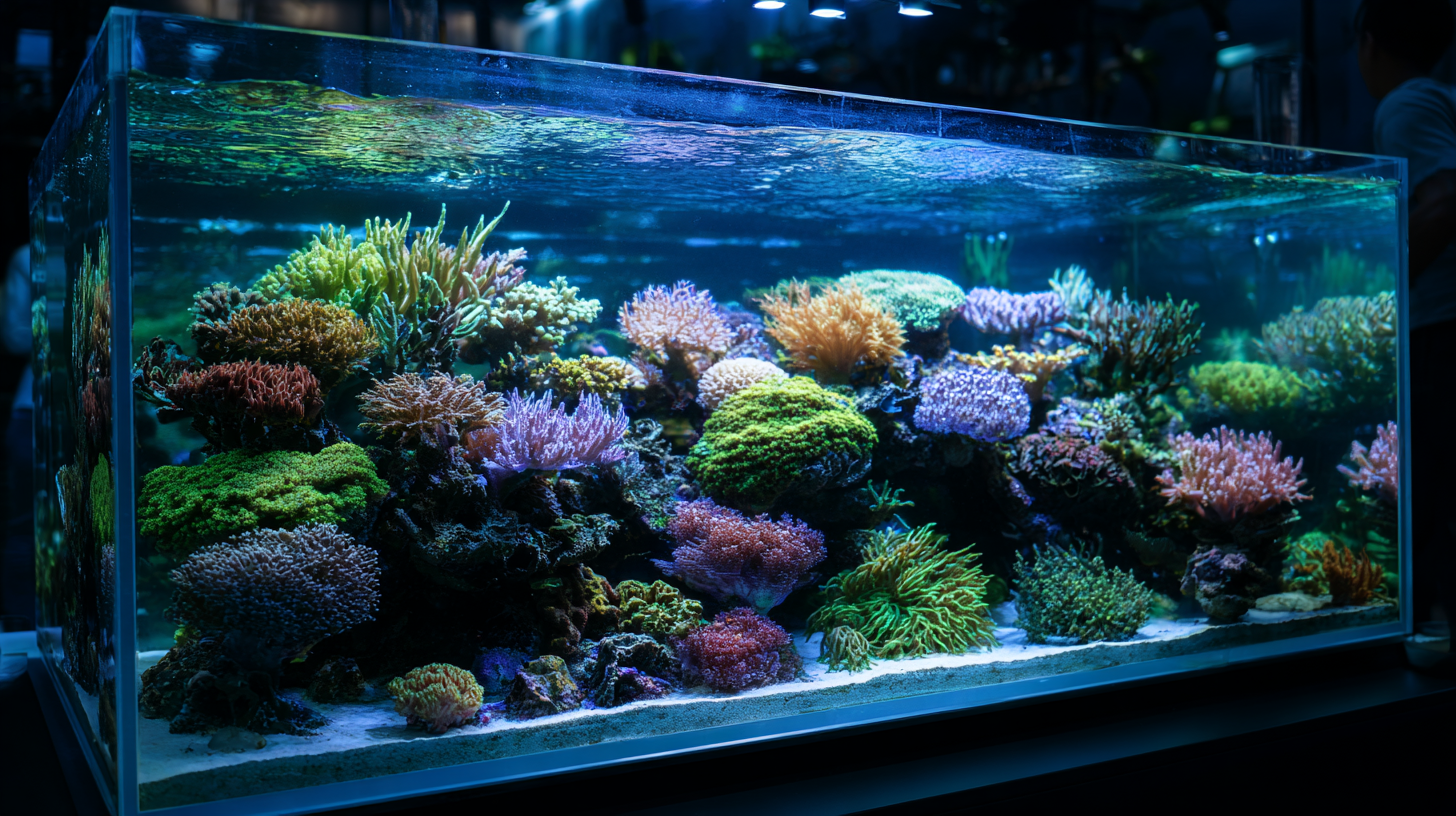
One effective way to troubleshoot water quality issues is through the implementation of a routine testing regimen. Utilizing high-quality test kits allows you to monitor key parameters such as ammonia, nitrite, nitrate, and pH levels weekly. The Aquatic Researchers Association recommends keeping ammonia levels below 0.02 mg/L, as higher concentrations can be toxic to fish. Furthermore, regular water changes—approximately 10-15% weekly—can help dilute harmful substances while maintaining stable conditions, fostering a thriving environment for your aquatic inhabitants.
Related Posts
-
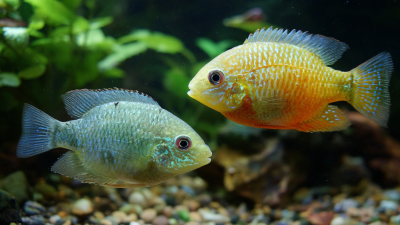
15 Genius Tips for Choosing the Best Fish Aquarium Products
-

What is the Secret to Choosing the Best Fish Tank for Your Home
-
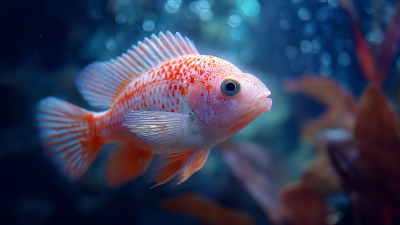
Discover the Essential Fish Pet Supply Trends Driving Growth in the Aquatic Pet Market
-

2025 Trends in Aquarium Air Pump Technology and Innovative Solutions for Pet Enthusiasts
-

10 Best Aquarium Air Pumps for Optimal Fish Health in 2023
-
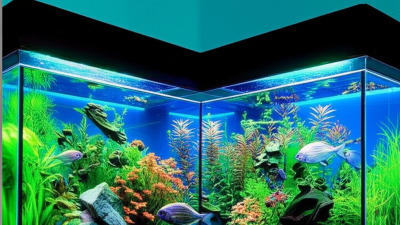
How to Choose the Right Aquarium Stand for Your Tank: Top Features and Industry Insights
Copyright © 2021 Payless Pet Products - All Rights Reserved.